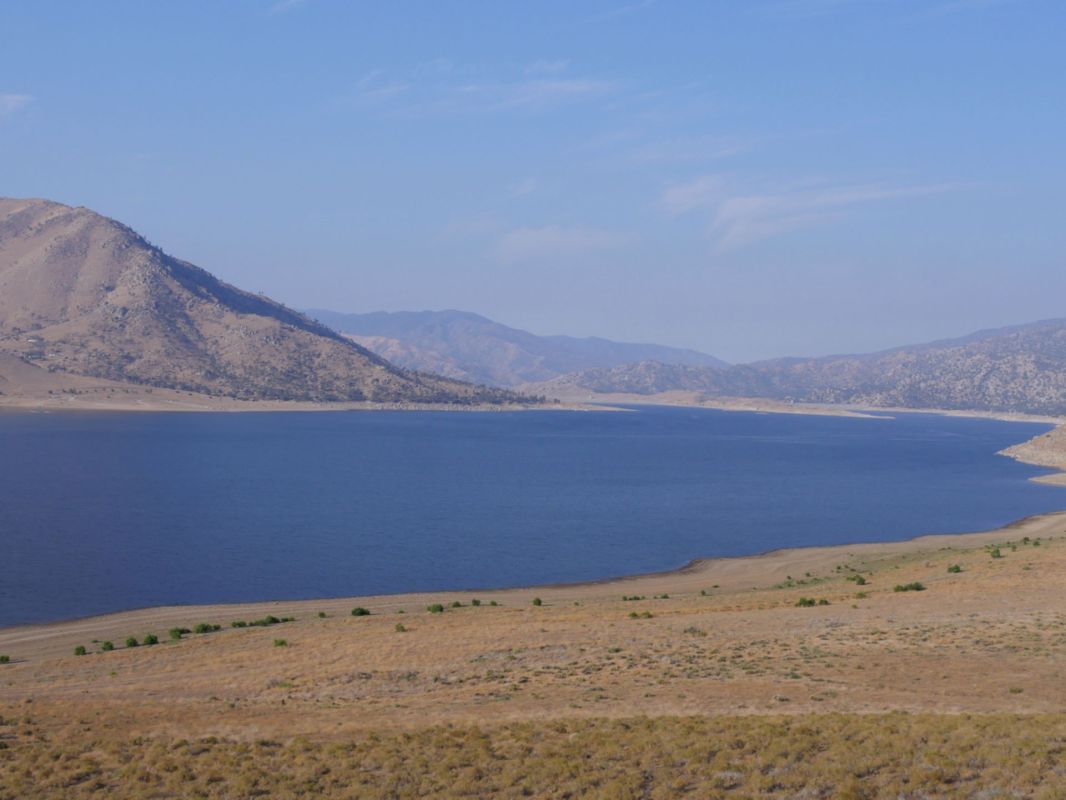A ghost town in California's Central Valley has been completely flooded, as Lake Isabella filled to its highest water levels in almost two decades.
What is happening in Lake Isabella?
In the era of the Wild West, a town called Whiskey Flat sprung up outside of Bakersfield during the California gold rush of the mid-19th century. Over nine decades, miners found millions of dollars of gold in the town's nearby mine, according to SF Gate.
In the 1940s, the town was used as a backdrop for TV and movie sets before the U.S. Army Corps of Engineers dammed the Kern River in 1953. The amount of water allowed in the lake was limited in 2006, and persistent droughts led to the lake being almost completely emptied. As a result, Whiskey Flat was visible last year — but due to an unusually wet winter in California, Lake Isabella is as full as it's been in almost two decades, which means Whiskey Flat is now completely underwater again.
Chuck Barbee, a retired cinematographer and resident of nearby Kernville, has been working on a documentary on the fascinating history of the Kern River valley, including the appearances and disappearances of Whiskey Flat, reported SFGate.
"It's fun to go out there," Barbee told the outlet when the town's remnants were visible in 2022. "I don't think you're going to find any dead bodies like Lake Mead, but there certainly are old ghosts around those buildings."
Why is the story of Lake Isabella important?
Lake Isabella and Whiskey Flat exemplify the whiplash of unusual weather we experience as our planet continues to overheat.
There's a common misconception that as the planet's temperatures continue to rise, we'll experience less and less water because it's so hot outside. This isn't always true, however — as the Environmental Protection Agency explains, warmer temperatures create scenarios in which more water evaporates into clouds, which makes for heavier rains and more frequent flooding.
"There is still a lot of water in the snowpack," Mark Mulkay, the Kern River Watermaster, told the Bakersfield Californian, per SFGate, "and a very conservative estimate of runoff for July and August is in the range of 350,000 acre-feet and 110,000 acre-feet, respectively.
"However, these numbers are impacted significantly by weather patterns and there is no guarantee of the accuracy of this forecast," he continued to the Bakersfield Californian. "Irrigation demand has increased, which will also use a lot of this estimated inflow."
Join our free newsletter for cool news and cool tips that make it easy to help yourself while helping the planet.









